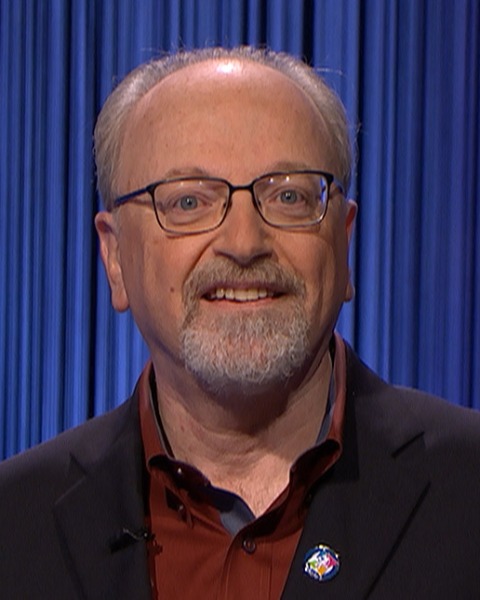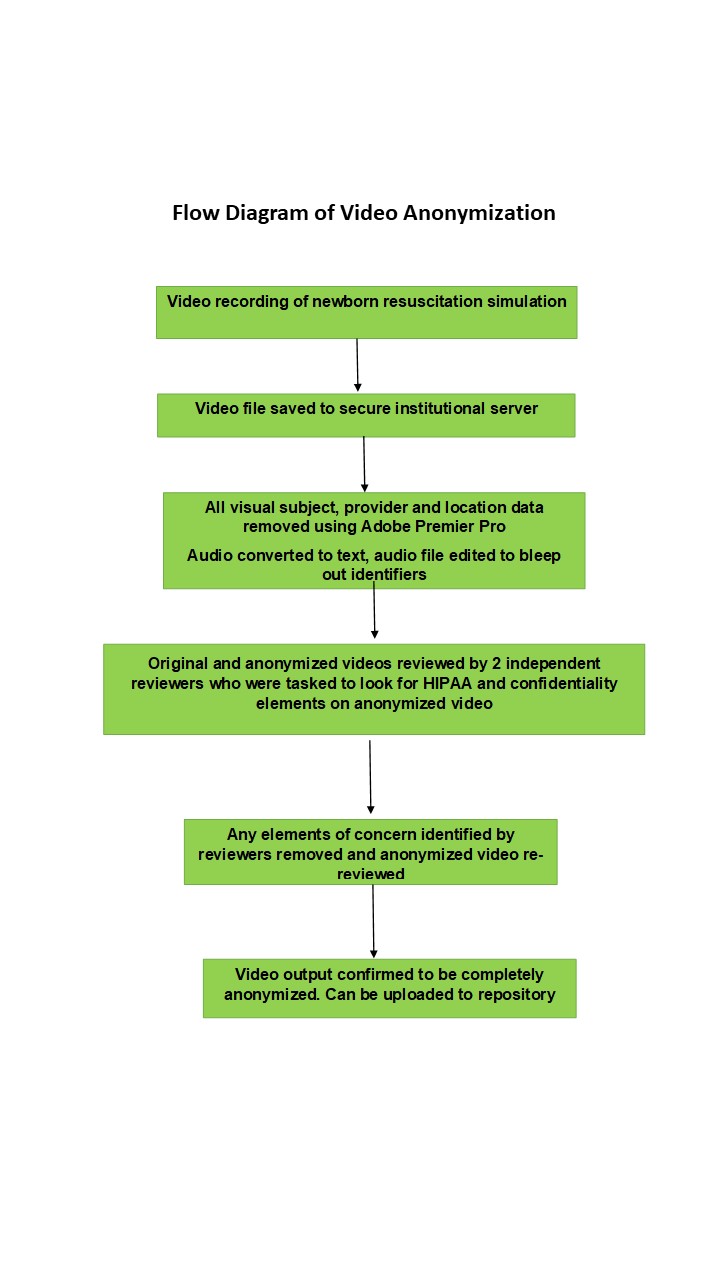Neonatal/Infant Resuscitation
Neonatal/Infant Resuscitation 1
304 - Preparing Anonymized Newborn Resuscitation Videos for Video Data Research Repositories
Publication Number: 304.347

Henry J. Rozycki, MD (he/him/his)
Vice-Chair
Children's Hospital of Richmond at VCU
Richmond, Virginia, United States
Presenting Author(s)
Background:
Data sourced from multiple sites into repositories have proven to be powerful tools for clinical as well as genetic and other research. To date, data from video recordings have not been similarly aggregated due to legal restrictions and local concerns, especially about liability exposure. This limits research into provider performance such as neonatal resuscitation. We developed protocols to anonymize videos that have elements that can identify the patient, providers, and location, allowing the resultant anonymized video to be uploaded to a video repository and available for research.
Objective:
To develop a methodology to anonymize clinical encounter videos and make them available for research.
Design/Methods:
A video of a newborn resuscitation simulation was recorded on a smart phone. The video was reviewed for any elements covered by the HIPAA law, for other potential confidentiality concerns, for elements that could identify a care provider, and for elements that could identify the location of the recording. Video file metadata was removed to cloak date/time and location of the recording. Faces and locale elements were blurred using Adobe Premier Pro. Audio was converted to text to identify words that needed to be obscured on the audio portion of the file. The original video and the anonymized video were reviewed manually at least twice more to confirm that no elements identifying subjects or location remained.
Besides HIPAA elements, audio mentions of date, time, patient name, gender, and diagnosis were removed. Provider faces, IDs and tattoos were obscured. Location data removed included visible logos, badges, and video monitor home screen.
Results:
We developed 3.6 min long newborn resuscitation simulation video that was confirmed to be completely and irreversibly anonymized by qualified independent reviewers. From this, a guide for the complete anonymization of clinical encounter videos is created.
Conclusion(s):
It is feasible to completely anonymize videos of all known identifiers. This creates proof of concept for a process to completely anonymize videos of clinical encounters. Applying this process to video recordings of clinical encounters could provide a rich data source for research into clinical processes.
